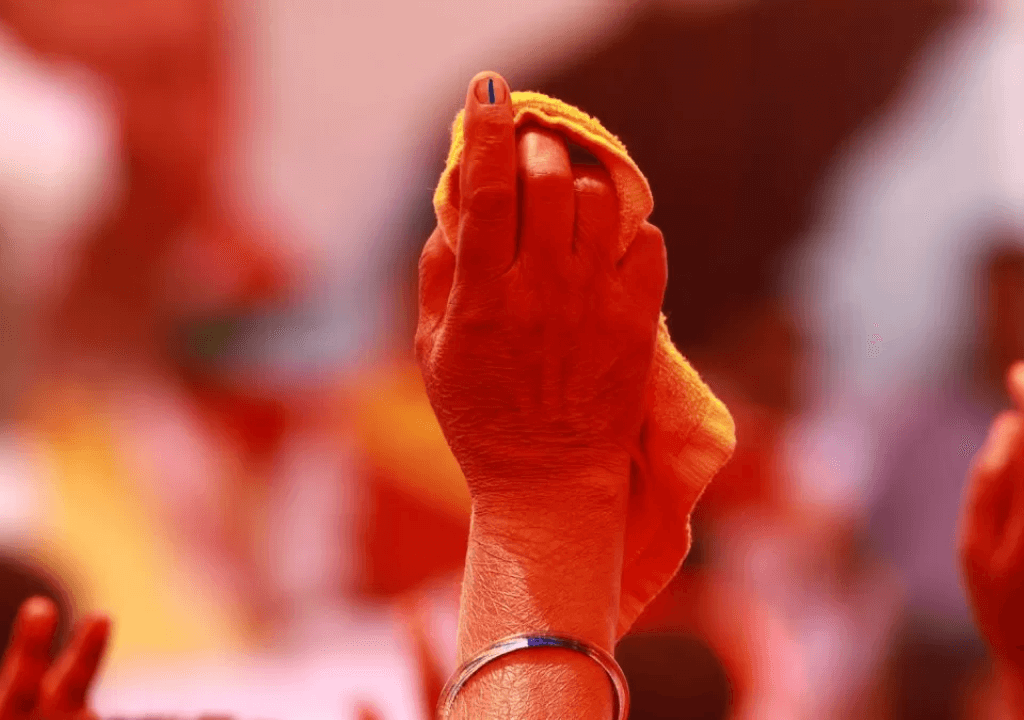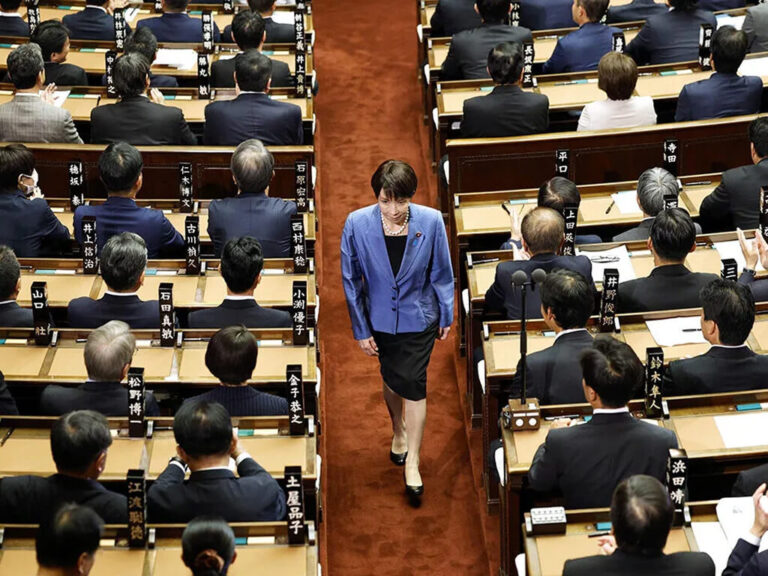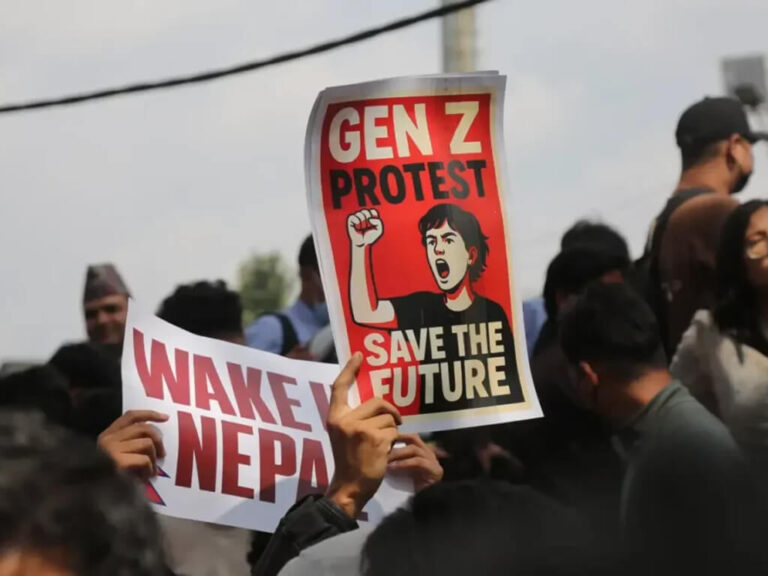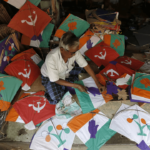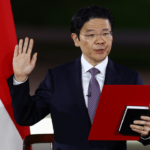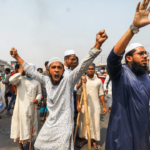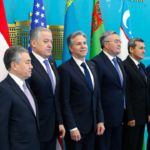- General elections are expected to be held in India between April and May 2024 to elect 543 members of the Lok Sabha.
- Prime Minister Narendra Modi seeking third term with Bharatiya Janata Party. Opposition yet to choose their leader.
India, renowned as the world’s largest democracy with a voter base exceeding 800 million, is gearing up to elect its next central government in the ensuing months. The incumbent Prime Minister, Narendra Damodar Das Modi, a prominent figure in the realm of Hindu populism, leads his Bharatiya Janata Party (BJP) with confidence through the political landscape. The recent state elections, often likened to semi-finals by the Indian media in anticipation of the Lok Sabha (House of Commons) elections, unveiled a discernible trend. In the prevailing scenario, the continuity of Narendra Modi in the Prime Minister’s office appears highly probable. However, making definitive predictions in the intricate tapestry of Indian elections, influenced by factors such as caste, emotions, and more, carries inherent risks. This article delves into the probabilities, obstacles, and strategies of each national party striving for success in the upcoming “Lok Sabha” elections.
Lok Sabha Election 2023
The Election Commission of India (ECI) is poised to unveil the election schedule for the 18th Lok Sabha, the lower house where constituents elect their representatives. The tenure of the 17th Lok Sabha is expected to conclude on June 16, 2024, but the prospect of an early election looms, fueled by the BJP’s heightened support following victories in state elections and a surge in Hindu backing after the Ayodhya Temple Inauguration. With a total of 543 seats, securing 272 forms a majority.
As the 2024 Indian general elections draw near, the political landscape assumes an increasingly bipolar nature. Two major alliances have taken center stage: the incumbent National Democratic Alliance and the opposition Indian National Developmental Inclusive Alliance. Six national parties are in contention: Bharatiya Janata Party, Indian National Congress, Communist Party of India (Marxist), Bahujan Samaj Party, National People’s Party, and Aam Aadmi Party. All parties, with the exception of the BSP, have aligned themselves with one of the two major alliances.
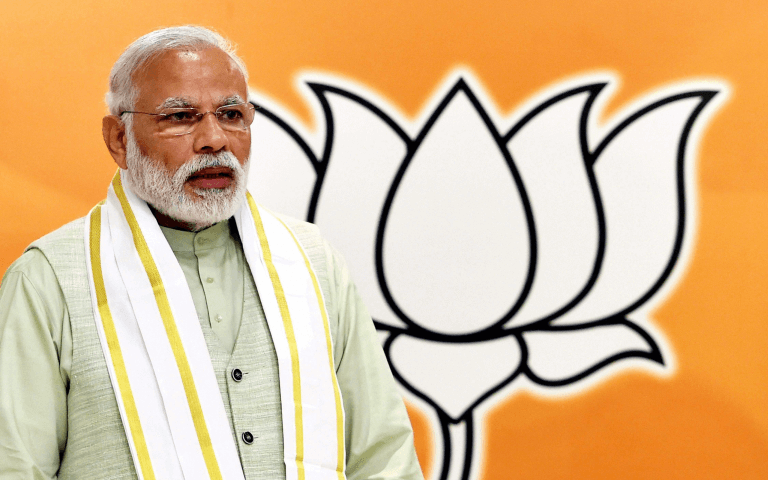
Bharatiya Janata Party (BJP)
Current Seats: 290 / 543
Ideology : Hindu Nationalism
Chances: The Bharatiya Janata Party (BJP) asserts itself as a major political party in India, commanding substantial representation in both the Parliament of India and state legislatures. standing as one of the country’s two major political players alongside the Indian National Congress. Since 2014, it has held the reins of power in India, with Narendra Modi steering the ship as the incumbent Prime Minister. Aligned with right-wing tenets, the BJP maintains intricate ideological and organisational ties with the Rashtriya Swayamsevak Sangh (RSS), a volunteer paramilitary group. The party’s policy architecture finds its roots in Hindutva, a Hindu nationalist ideology.
The BJP touts various strengths, standing as the largest party, the ruling party, and the most financially robust party, all under the guidance of a strong leadership. Its broad support base is largely a result of Narendra Modi’s enduring popularity. With a well-organised structure, significant support from influential business figures, and minimal internal discord, the BJP presents itself as a potent political force. The party’s strength is further enhanced by initiatives in infrastructure development and the promotion of Hindu fundamentalism. The recent construction of a temple at the Ayodhya site, replacing the Babri Masjid allegedly demolished by former Muslim rulers, has garnered additional support for the BJP. The media also plays a pivotal role by offering substantial support to the party.
Challenges: Since India’s first Prime Minister, Jawaharlal Nehru, no leader has secured a consecutive third election victory. In the face of a desire for change, people may opt for a new leader. Despite concerns such as rising prices and unemployment, the BJP skillfully manages to divert attention through Hindu-centric propaganda. The lack of significant challenges from the opposition allows the BJP to maintain its position. However, if opposing political parties successfully unite and strategically split the votes, it could impact the BJP’s chances of securing a clear majority. Nevertheless, the BJP remains the frontrunner with the highest likelihood of forming the government.
Predicted Seats : 240-270
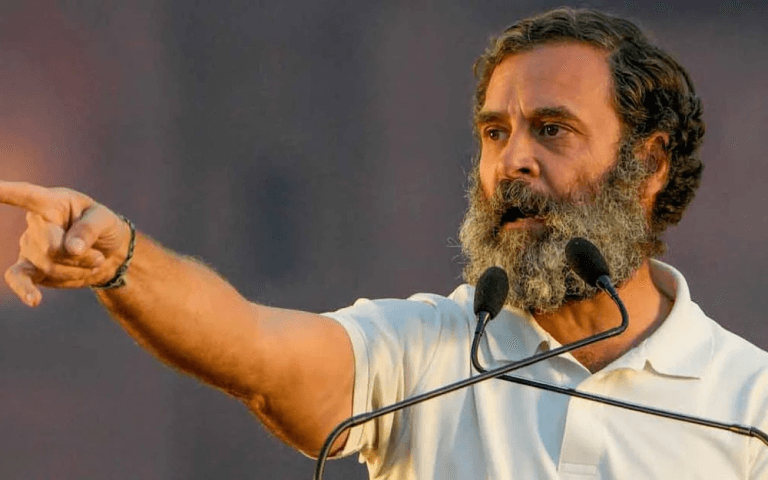
Indian National Congress (INC)
Current Seats: 47 / 543
Ideology: Secularism
Chances: The venerable political institution, the Indian National Congress (INC), commonly known as the Congress Party, holds a significant and extensive presence in Indian politics. Established in 1885, the Congress emerged as the primary driver of the Indian independence movement. Presently, it serves as the principal opposition party, maintaining a widespread presence throughout the country. The Congress raises concerns against the government, citing issues like escalating unemployment, privatisation, price hikes, and growing societal divisions. Despite the backlash facing recent years, there persists a sentiment favouring the Nehru family, and they expect anti-BJP votes have the potential to consolidate through alliances formed with other anti-BJP parties.
Challenges: In Indian politics, leaders are revered, yet the Congress party faces a dearth of figures who can rival Modi’s charisma. Rahul Gandhi, despite being part of a political lineage, struggles to command the recognition enjoyed by his father and grandmother. Additionally, the growing emphasis on secularism has led to perceptions of the party as more aligned with Islamist ideals. The party grapples with challenges in terms of limited television support and a comparatively weak presence on social media, compounding its issues.
Predicted Seats: 60-110

Bahujan Samaj Party (BSP)
Current Seats: 8/543
Ideology: Social Equality
Chances:The Bahujan Samaj Party (BSP) stands as a political force on the national stage in India, dedicated to advocating for Bahujans, including Scheduled Castes, Scheduled Tribes, Other Backward Classes (OBC), and religious minorities. Established in 1984 by Kanshi Ram, the party sought to unite the diverse Bahujan communities, which were then divided into more than 1000 different castes.
Despite facing a challenging phase marked by the absence of state governance, limited presence in various states, minimal representation in the Lok Sabha, and a lack of alignment with major alliances, the BSP still maintains a considerable vote percentage. As the election reaches its final stages, there is potential for the BSP to form an alliance with the Congress-led INDIA alliance. Capitalising on its strongholds in key states like Uttar Pradesh, Madhya Pradesh, Haryana, and others, the BSP could deliver a robust performance in the Lok Sabha Election.
Challenges: The decision-making of Mayawati, the supreme leader, is proving detrimental to the party, resulting in a decline in its influence. The party’s footprint is diminishing, and it has not yet formed a significant alliance crucial for competing in the upcoming Lok Sabha election. Challenges include a dearth of policy development, insufficient funding, and a deficiency in strong leadership.
Seat Prediction: 5-15
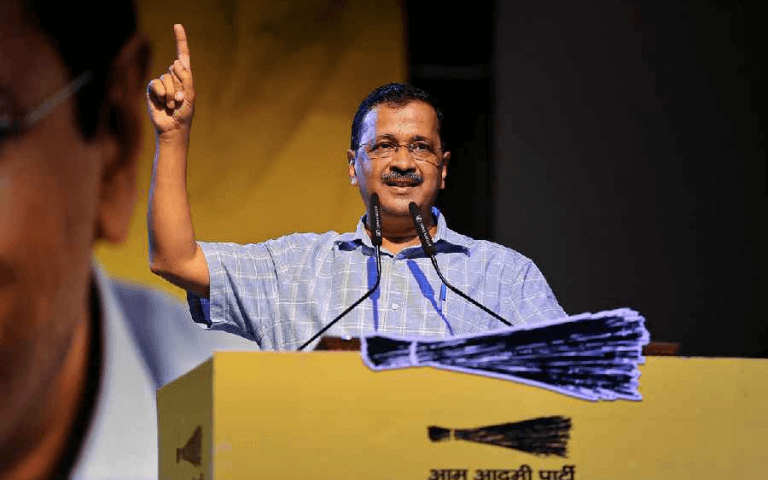
Aam Aadmi Party (AAP)
Current Seats: 1/ 543
Ideology: Populism
Chances:The Aam Aadmi Party (AAP) is a political entity in India, established in 2012, by Arvind Kejriwal and his associates in the aftermath of the 2011 Indian anti-corruption movement. Currently, AAP holds the governing position in the Indian state of Punjab and the union territory of Delhi. In the upcoming Lok Sabha election, the Aam Aadmi Party is participating in collaboration with the Indian National Congress under the INDIA alliance. Through this strategic partnership, AAP aims to consolidate anti-BJP votes.
Challenges: The party leader, Kejriwal, is facing the potential of being charged in a scam case. Additionally, in Punjab, a key stronghold of the party, there is a lack of cooperation with the Congress, leading to the likelihood of votes being split.
Seat Prediction: 5-15
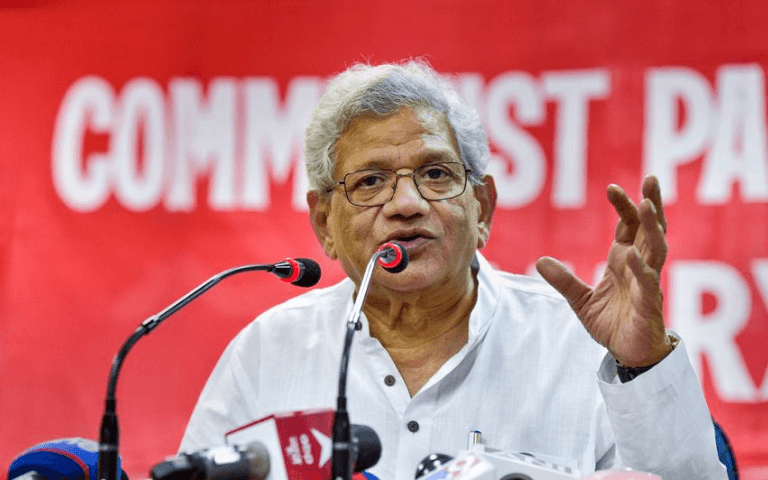
Communist Party of India (Marxist) (CPIM)
Current Seats: 3/ 543
Ideology: Communism
Chances: The Communist Party of India (Marxist) (CPIM) holding the status of the largest communist party in the country both in terms of membership and electoral seats. It stands as one of the national parties of India. The 34-year-long tenure of the CPI(M)-led Left Front in governing West Bengal marked the world’s lengthiest democratically elected communist-led government. The party has, at various times, been the third-largest in parliament. Presently, its prominence is primarily in the state of Kerala. As being a part of the INDIA alliance, the CPIM’s impact is expected to be significant in collecting anti-BJP votes in the contested seats.
Challenges: The party’s significant presence is confined to Kerala. Workers and supporters have distanced themselves from the party in recent years. In a country marked by deep divisions based on caste and religion, the Communist Party of India (Marxist) (CPIM) stands minimal chances of making a substantial impact across India.
Seat Prediction: 5-10
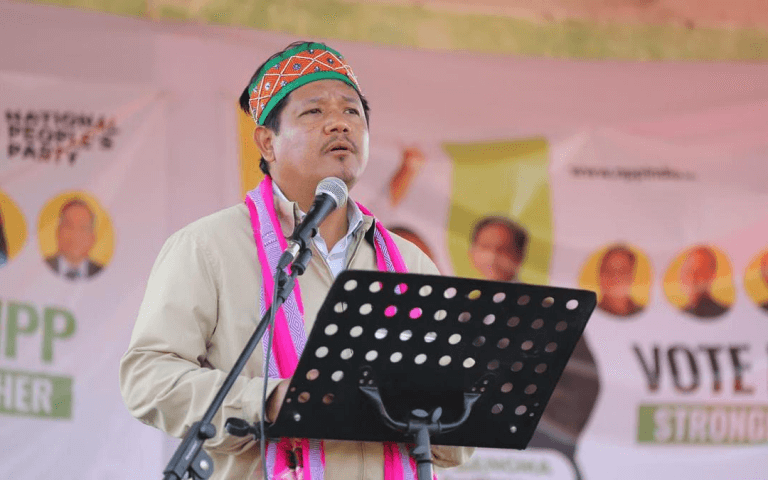
National People’s Party (NPP)
Current Seats: 1/ 543
Ideology: Cultural Conservatism
Chances: The National People’s Party is a political party at the national level in India, primarily wielding influence in the state of Meghalaya. Established by P. A. Sangma following his expulsion from the NCP, the party attained national status in 2019, becoming the first political party from Northeastern India to achieve this recognition. The NPP is aligned with the BJP under the NDA alliance. Leveraging support from the Christian community, the party can also capitalise on developmental initiatives introduced by Modi in the region.
Challenges: The party lacks any election strategies unless it contributes seat to the BJP-led alliance.
Seat Prediction : 0-1
In Summary
The Indian elections take on global significance, given the nation’s status as the world’s fifth-largest economy and the largest democracy by participation. Narendra Modi’s vision includes expanding India’s influence globally, with aspirations for the country to secure its place as the world’s third-largest economy and a formidable global force. Consequently, the election results are bound to resonate beyond India’s borders. Some anticipate that a third term for Narendra Modi could mark a shift towards India’s identity as a Hindu-centric nation, departing from its current status as a modern secular state.
The election results remain unpredictable, characterised by potential happenings before the election date and its impact on sentiments of 80 million people. The days leading up to the elections are pivotal, shaping the trajectory of India’s future. In a society where opinions can swiftly shift, particularly in the realm of social media, making definitive forecasts becomes a formidable task. So, Let’s wait for the biggest election festival of India.

